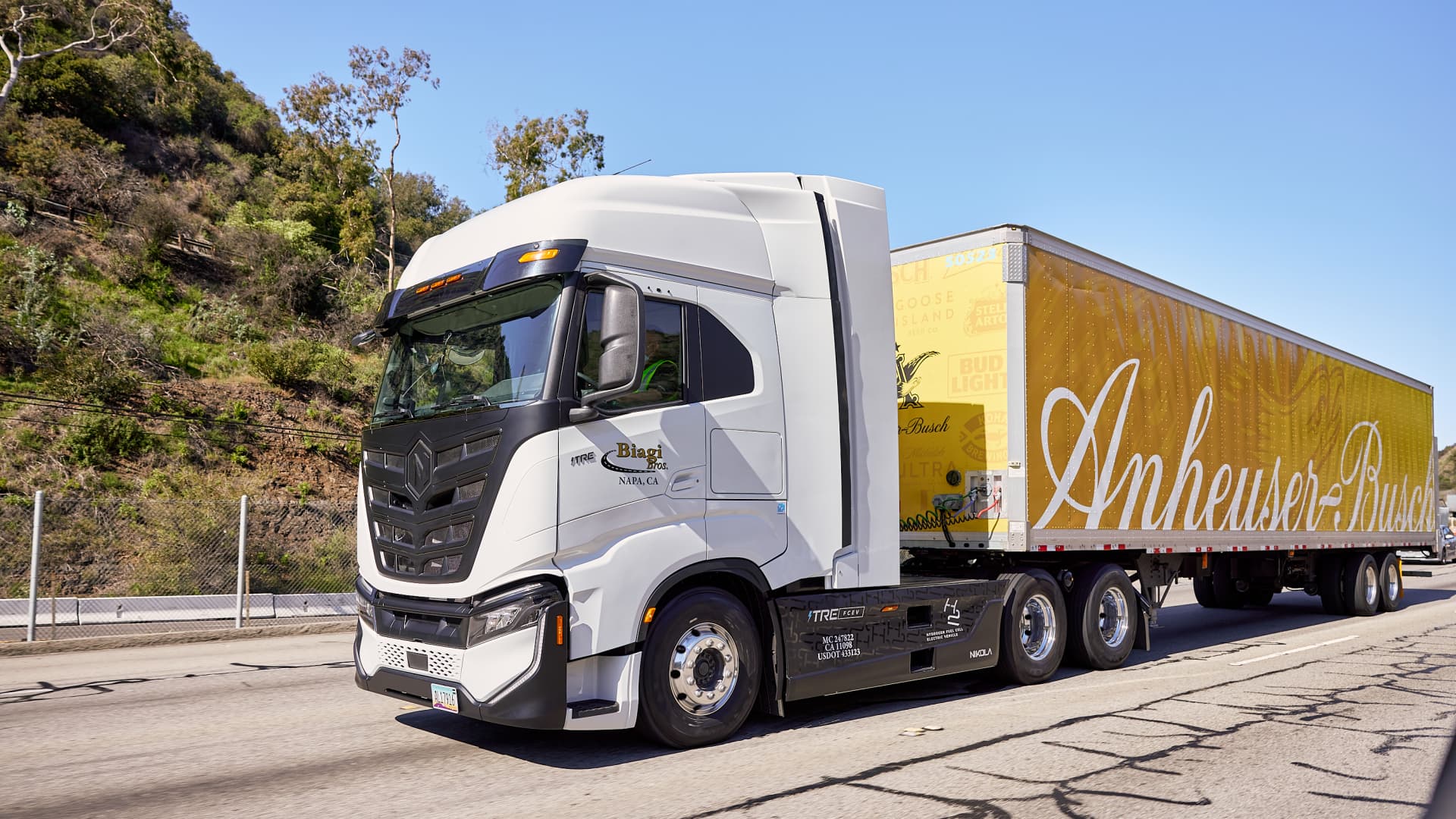The use of titanium alloys in the motor industry is not new, but demand for this durable metal is expected to grow exponentially. Some predict that by 2025, the titanium alloy industry will be worth around USD 6.87 billion. These alloys are fast becoming favorites in a variety of industries. Not only can they be used for car and motorcycle parts, but in aircrafts, sports equipment, and joint replacement surgeries too.
Rapid Growth In Popularity
Titanium must be alloyed with another metal such as iron, aluminum, molybdenum, or vanadium to be used as a steel substitute. The alloys are exceptionally durable, lightweight and resistant to wet chlorine corrosion. Although the use of titanium in vehicles isn’t new, the motor industry has taken slightly longer than others to expand their application of the metal. Titanium alloys are suitable for a variety of purposes when it comes to car parts, including different kinds of springs, engine valves, and brake calipers.
The Environmental Benefits
Titanium’s popularity is unsurprising. Its lightness and strength aren’t the only reasons it’s becoming the preferred option. Using it for car parts (among other things) is environmentally friendly and can reduce each vehicle’s carbon footprint. Replacing steel parts with titanium alloys makes a car much lighter, which results in better fuel efficiency. The use of titanium alloy springs lengthens the lifespan of vehicle bodies, as they are more resistant to corrosion. Titanium is also a suitable material for the body frames of cars, mainly due to its high strength and anti-corrosion properties; and, it’s especially suitable for smaller car designs like compact SUVs.
Advantages In Action
One example of titanium’s advantages is the use of titanium metal bars in sports and racing cars. Connecting rods or bars have been used in internal combustion engines to replace traditional heavier, less durable parts. These metal bars are sturdy, light, and last longer than many other materials. The lighter a car, the faster it drives, and by replacing previously heavy metal bars and other components with lighter ones, performance is enhanced. These parts are also being seen in high end models as they become more commonplace.
Barriers To Titanium
Using titanium alloys in motor vehicles might seem like a no-brainer when you consider their benefits. Unfortunately, all these positives come at a cost. Titanium is plentiful in nature, but the fact that it needs to be alloyed with other substances makes the production process labor-intensive and expensive. Racing cars now frequently contain titanium alloy parts, including the “halo” (a protective structure around the driver’s head) and engine valves.
The Icona Vulcano Titanium, released in 2015, was the world’s first “supercar” with a titanium and carbon fiber body and was estimated to have taken 10 000 hours of physical labor to construct. This is reflected in the price tag – 2.5 million euros in 2016 – and is a good example of the expensive process of replacing traditional materials with titanium alloys.
Application & Innovation In The Future
The use of titanium in the motor industry is set to grow, no matter the price tag. It is hoped that the coming years will see more cost-effective methods of creating the alloys, as this metal’s properties carry many benefits. Even when small car parts are replaced with titanium alloy models it is possible to see a difference in fuel efficiency and performance. This alone is motivating enough to encourage further exploration of affordable titanium products.







